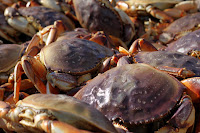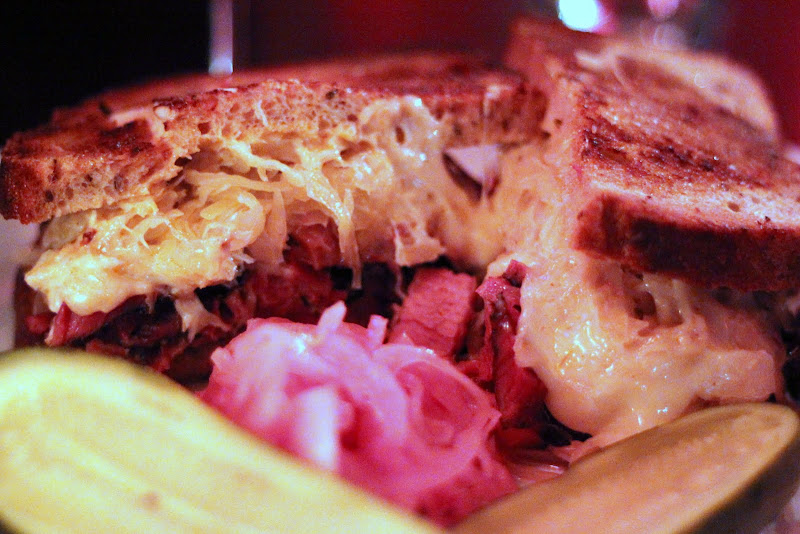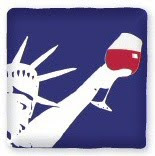In the morning the kitchen still smells like crabs. In a good, fresh, oceany way. The belly feels light, the mind satisfied. We spent the whole Friday exploring Half Moon Bay - visiting the Pillar Point Harbor where we bought 3 of the freshest, right out of the ocean, 2-lbs. dungeness crabs (only $3.50/lb!), ate catch-of-the-day fisherman's stew and fish-and-chips right on the ocean front, and strolled along the beaches and lawns on a crisp, sunny, picture-perfect day after Thanksgiving. And at night, we steamed those monsters and gobbled all 6 lbs., with just a little dipping sauce and the most amazing pairing of a German off-dry Riesling. The purity of that meal and the combination of the flavors of the fresh, light, subtly sweet crab meat, the tangy Chinese black Chinkiang vinegar and wasabi dipping sauce, and a Kabinett level 2006 Schloss Schonborn Riesling from one of the absolute top vineyards in Rheingau, Germany - Erbacher Marcobrunn, was proof that food-and-wine pairing i











